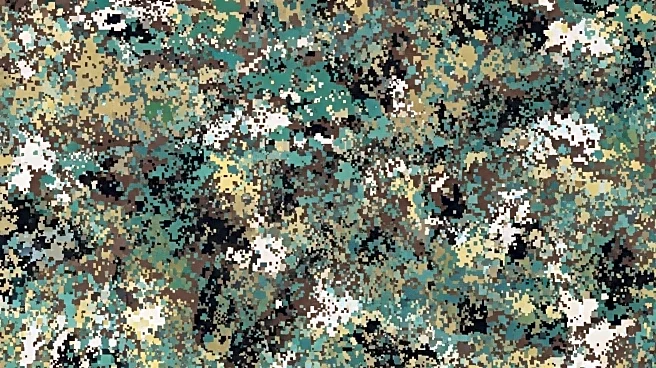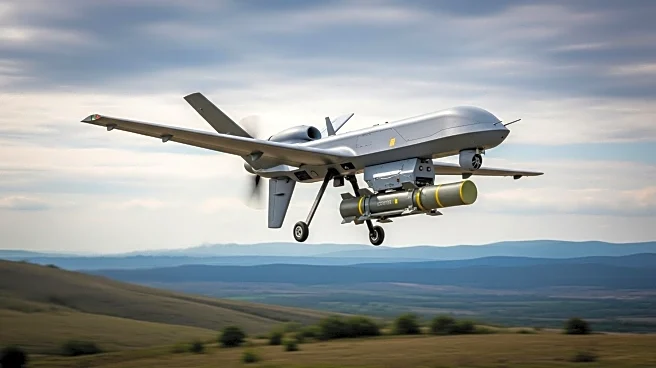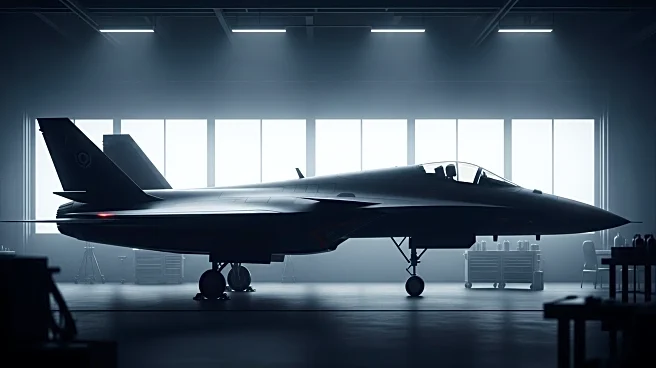What is the story about?
What's Happening?
Recent advancements in digital camouflage technology have been made through the integration of optical hyperspectra and thermal infrared-terahertz-microwave tri-bands. This technology manipulates color and pattern to blend objects into their surroundings, countering detection by various sensor arrays. The camouflage operates by using primary colors derived from vegetational regions of interest, such as fresh green, light-green, and withered yellow vegetation. A deep neural network assists in rapidly computing hyperspectral image parameters for classification algorithms. The camouflage device consists of multilayer structures that simulate different vegetation types, optimizing spectral performance through machine learning methods. This technology aims to achieve effective camouflage across multiple bands, including visible, near-infrared, shortwave infrared, mid-wave infrared, long-wave infrared, terahertz, and microwave bands.
Why It's Important?
The development of advanced digital camouflage technology has significant implications for military and defense applications. By effectively blending objects into their environments across multiple spectral bands, this technology enhances stealth capabilities, reducing the likelihood of detection by enemy sensors. This can provide strategic advantages in reconnaissance and combat scenarios, potentially altering the dynamics of military engagements. Additionally, the technology's ability to simulate natural vegetation patterns could be applied in civilian sectors, such as wildlife conservation and environmental monitoring, where non-invasive observation is crucial. The integration of machine learning in optimizing camouflage patterns also highlights the growing role of artificial intelligence in enhancing technological solutions.
What's Next?
Further research and development are expected to focus on optimizing the camouflage patterns for each spectral band independently, ensuring they remain decoupled and adaptable to various environmental conditions. This includes improving the accuracy of background texture simulations and enhancing the device's performance in real-world scenarios. Potential collaborations with military and defense agencies could accelerate the deployment of this technology in field operations. Additionally, exploring civilian applications may lead to broader adoption in sectors requiring advanced camouflage solutions. Continuous advancements in machine learning and material science will likely drive further innovations in digital camouflage technology.
Beyond the Headlines
The ethical implications of advanced camouflage technology warrant consideration, particularly in terms of privacy and surveillance. As the technology becomes more sophisticated, it may raise concerns about its potential misuse in civilian contexts, such as unauthorized monitoring or evasion of law enforcement. Furthermore, the environmental impact of deploying such technology in natural habitats should be assessed to ensure it does not disrupt ecosystems. The balance between technological advancement and ethical responsibility will be crucial in determining the future trajectory of digital camouflage applications.
AI Generated Content
Do you find this article useful?














